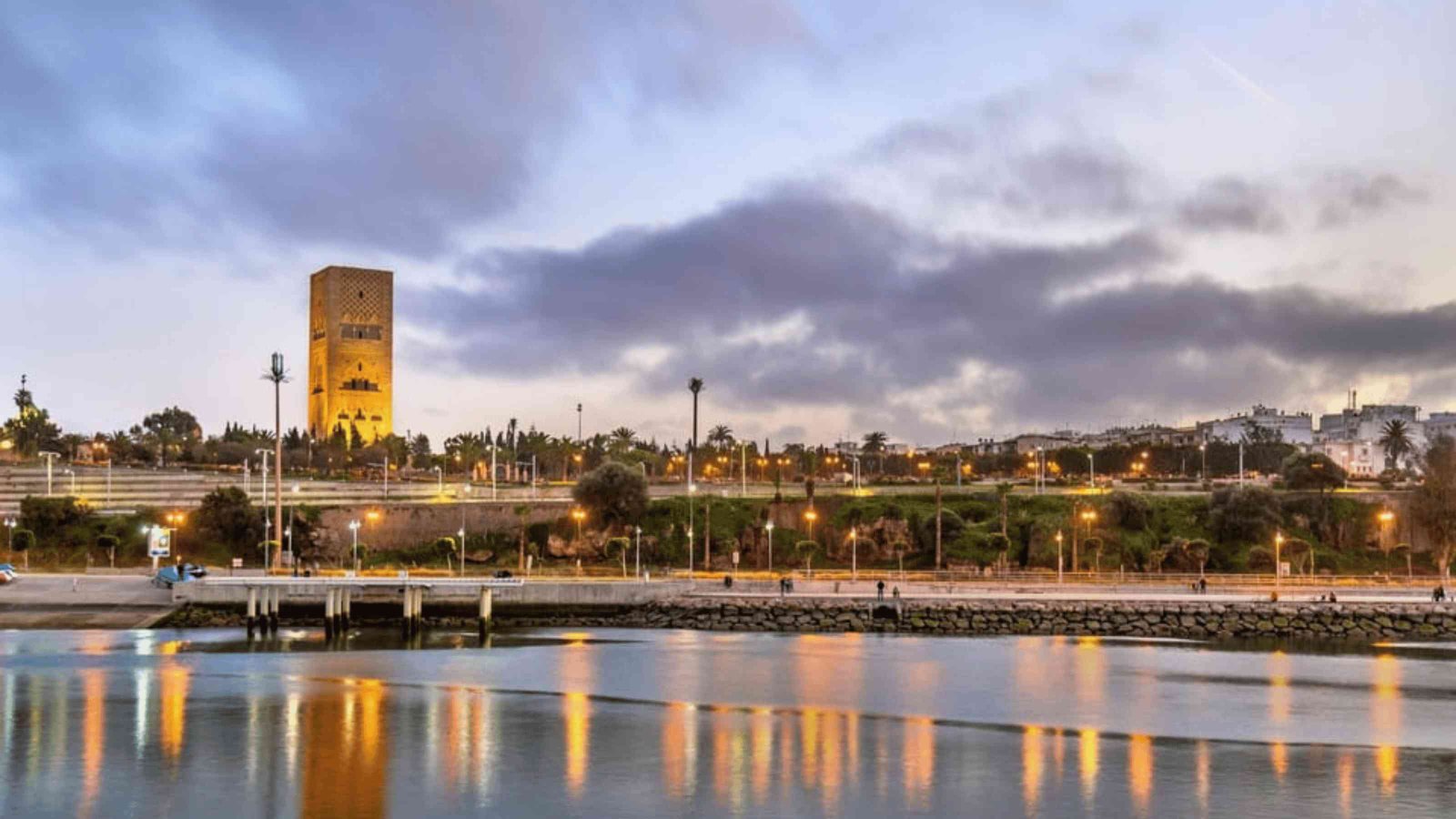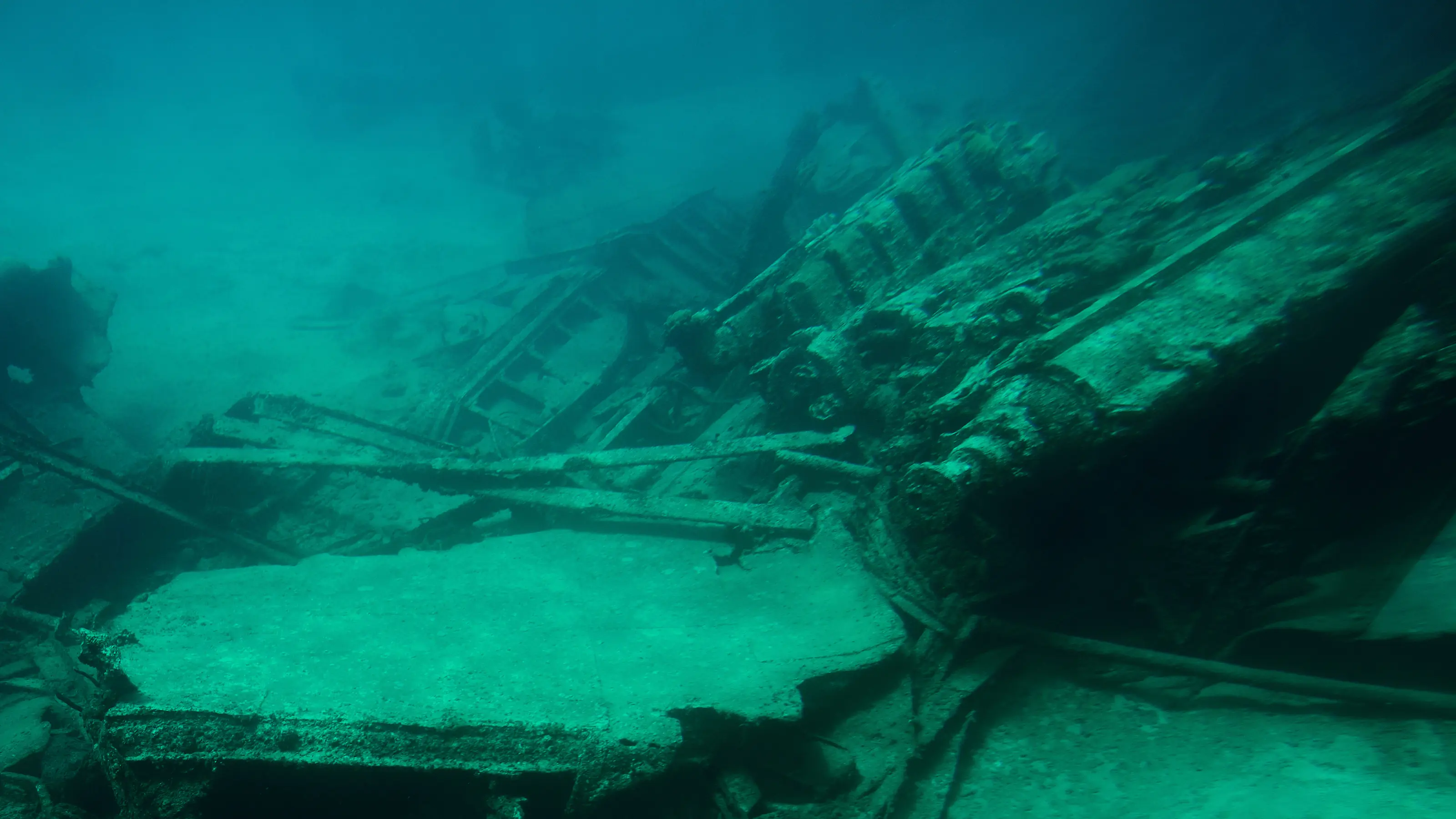In the heart of Morocco’s capital, Rabat, a towering symbol of history and architectural grandeur stands tall: the Hassan Tower. This unfinished minaret, commissioned by Sultan Yacoub al-Mansour in the 12th century, is more than just an architectural marvel; it is a testament to the ambitious vision of a sultan and a symbol of Morocco’s rich Islamic heritage. Though the mosque it was intended to accompany was never completed, the Hassan Tower remains an iconic landmark that draws visitors from around the world.
The Vision of Sultan Yacoub al-Mansour
The story of the Hassan Tower begins with Sultan Yacoub al-Mansour, the powerful ruler of the Almohad dynasty, who dreamed of creating the largest mosque in the world. The tower, which was to be the mosque’s minaret, was designed to reach a height of 86 meters (282 feet), making it the tallest structure of its kind at the time. The mosque itself was envisioned to accommodate more than 20,000 worshippers, reflecting the sultan’s desire to make Rabat a center of Islamic power and culture.
Construction of the Hassan Tower began in 1195, and the project quickly became one of the most ambitious architectural endeavors of the medieval Islamic world. However, the sultan’s grand vision was never fully realized. After his death in 1199, work on the mosque came to a halt, leaving the tower standing at 44 meters (144 feet)—just over half of its intended height. The mosque was also left incomplete, with only its foundations and a few columns standing as a silent witness to what could have been.

A Masterpiece of Almohad Architecture
Despite its incomplete state, the Hassan Tower is a masterpiece of Almohad architecture, a style characterized by its simplicity, symmetry, and grandeur. The tower’s design features intricate geometric patterns and decorative motifs that are emblematic of the Almohad dynasty’s architectural style. The warm, reddish stone from which the tower is constructed catches the sunlight, creating a striking contrast against the blue Moroccan sky.
The tower’s unfinished state adds to its mystique, inviting visitors to imagine what the completed mosque would have looked like. The grand esplanade in front of the tower is dotted with the remains of the mosque’s columns, creating a vast, open space that is both serene and awe-inspiring. It is easy to picture the thousands of worshippers who would have gathered here, united in prayer beneath the towering minaret.
The Mausoleum of Mohammed V: A Tribute to Morocco’s Path to Independence
Adjacent to the Hassan Tower stands another symbol of Morocco’s heritage: the Mausoleum of Mohammed V. This stunning structure is the final resting place of King Mohammed V, the father of Moroccan independence, as well as his sons, King Hassan II and Prince Abdallah. The mausoleum, completed in 1971, is a masterpiece of modern Moroccan architecture, blending traditional Islamic design with contemporary elements.
The mausoleum’s white marble exterior, green tiled roof, and intricate zellij (mosaic tilework) are a tribute to Morocco’s artistic heritage. Inside, the mausoleum is equally impressive, with its grand chandelier, ornate ceilings, and the tombs of the royal family. The Mausoleum of Mohammed V is not just a place of rest for the late king; it is a symbol of Morocco’s journey to independence and its enduring respect for its leaders.
Get Your Region Guide — Your Adventure Awaits!
Get the e-book for free
Why Visit the Hassan Tower?
The Hassan Tower and the Mausoleum of Mohammed V are more than just historical monuments; they are living symbols of Morocco’s past, present, and future. Visiting these sites offers a unique opportunity to connect with the rich history of Rabat, a city that has played a central role in Morocco’s development for centuries.
For history enthusiasts, the Hassan Tower is a fascinating glimpse into the ambitions of the Almohad dynasty and the architectural prowess of medieval Morocco. The unfinished mosque and its towering minaret are a reminder of the impermanence of even the grandest human endeavors. For those interested in architecture, the tower and the mausoleum showcase the beauty and complexity of Moroccan design, from the intricate patterns of the Almohad era to the refined elegance of modern Moroccan architecture.
The esplanade surrounding the Hassan Tower is also a peaceful place to reflect and take in the stunning views of Rabat and the nearby Bou Regreg River. The combination of historical significance, architectural beauty, and serene atmosphere makes the Hassan Tower a must-visit destination for anyone exploring Morocco.
Planning Your Visit
The Hassan Tower is located in the heart of Rabat, making it easily accessible from other parts of the city. The site is open to visitors year-round, and the best time to visit is during the late afternoon when the setting sun bathes the tower in a warm, golden light. This is also a great time to visit the Mausoleum of Mohammed V, as the soft light enhances the beauty of its white marble and intricate designs.
While in Rabat, be sure to explore other nearby attractions, such as the Kasbah of the Udayas, the Royal Palace, and the Medina of Rabat, all of which offer additional insights into the city’s rich history and culture.
Don't search, just ask Layla. Your AI trip planner.
Need help deciding where to visit and what to do there? Ask away.



